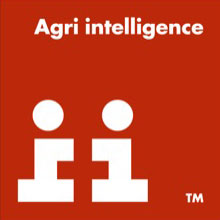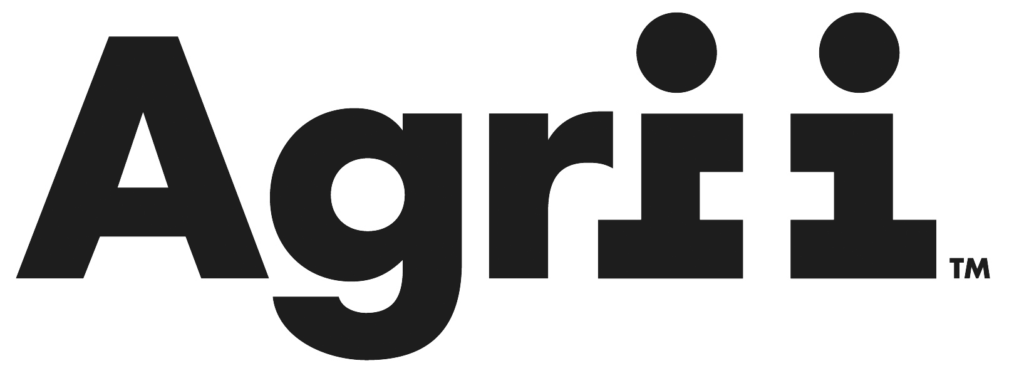David Thornton, Nutritionist, gives his advice to livestock farmers ahead of spring turnout.
Grazed grass is the highest-quality and cheapest feed on the farm in spring, better than silage and equivalent to concentrates. In fact, offering concentrates to livestock on spring grass will substitute intake, cost approximately ten times more and not affect performance!
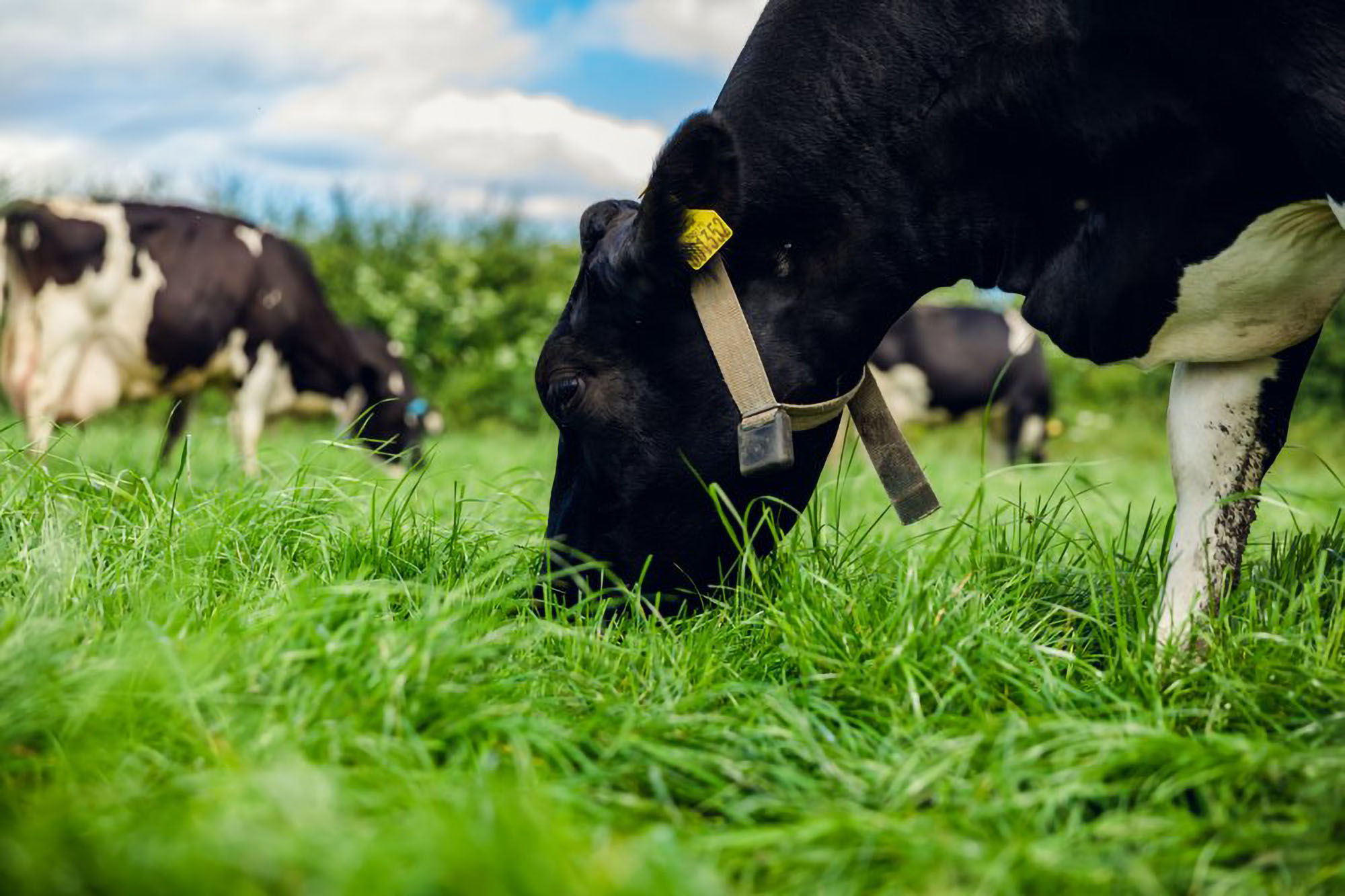
Early spring grazing stimulates the grass to start growing earlier. A further 1-1.5 tonnes of dry matter is expected to be produced (AHDB) when compared with later turnout. More importantly, it creates a reserve of grass in front of the animals at different heights that may or may not be required later. This means it is easier to control, and silage fields can be removed from the grazing acreage as grass growth increases.

The first spring rotation should be around 40-50 days, starting from February and continuing until mid-April. The target is to graze around 30-40% of the grazing paddocks first to allow regrowth to accumulate for the start of the second rotation; this could include silage ground. This varies from farm to farm, but the overriding aspect of grazing management is to make good use of spring grass. Silage supply should not be used as a target for turnout.
Spring grazing heights of 3.5-4cm (1500kg DM) should be targeted during the first grazing rotation.
Turnout of animals should take place during periods of dry weather, with good underfoot conditions and with full bellies – this will allow animals to settle and start grazing properly. Animals may need to be removed during periods of heavy rainfall or if soil conditions deteriorate
Not all animals need to be turned out at the same time. Prioritise those groups likely to benefit from a high-nutrient diet, such as lactating cows and sheep or finishing cattle.
Cattle turned out early to grass have 6% (+23kg) higher carcass weight than animals turned out later in spring. This could equate to close to £80/head, according to Teagasc research.
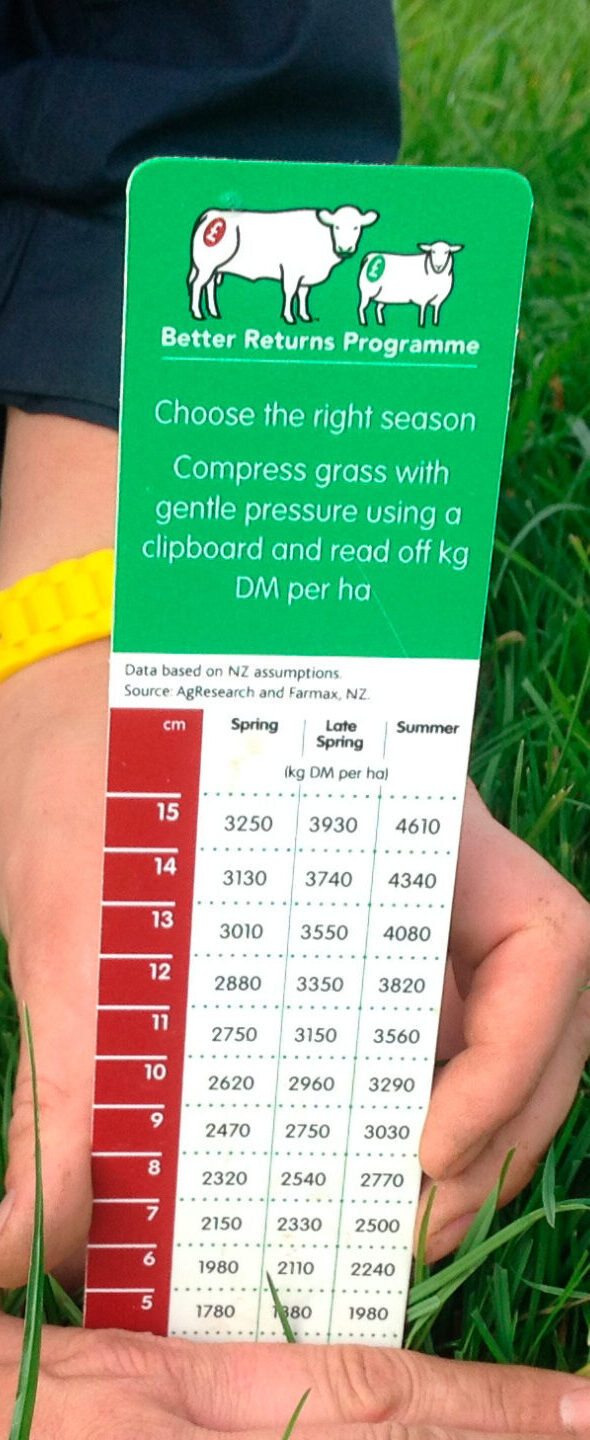
Make sure you start the first rotation on time. If not, it will finish later than mid-April, leading to too much grass being on farm. Too much grass gets trampled, leading to poor utilisation, more work, and potential cost (topping) to get the grass back under control.
Whilst spring grass is digestible and energy and protein-rich, it is potentially a poor source of minerals. The grass does not take up these essential elements well whilst soil temperature remains low. Therefore, supplementation, particularly magnesium for lactating animals, will be necessary to maintain good health and performance. This is most conveniently achieved with free-access mineral-vitamin licks, initially placed close to the water supply to establish an intake and then managed thereafter.
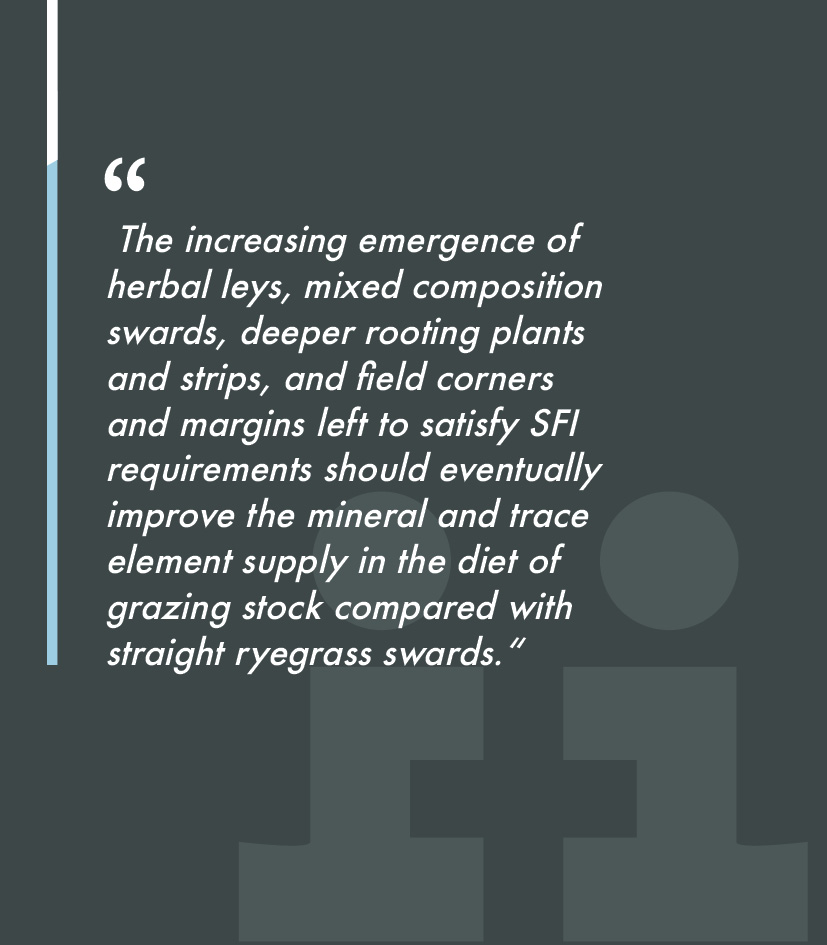
On farms where grazing is improved with over-seeding, fertiliser applications, clover-rich pastures, etc., more emphasis should be placed on mineral supplementation compared with meadow grazing. The increasing emergence of herbal leys, mixed composition swards, deeper rooting plants and strips, and field corners and margins left to satisfy SFI requirements should eventually improve the mineral and trace element supply in the diet of grazing stock compared with straight ryegrass swards.
In general terms, the mineral nutrition of suckler cows should be supplemented with a high magnesium lick all year round. Staggers can strike unexpectedly, especially for cows with a calf at foot; it just needs a trigger factor like a thunderstorm or late frost to cause a break in grazing.
Likewise, for ewes, especially those rearing twin lambs, at peak milk output for the first 6 weeks after turnout. Even growing cattle and dairy youngstock are at risk initially after turnout. Thereafter, grazing generally requires supplementation with trace elements, especially copper, cobalt, selenium, and, in some parts of the country, iodine.
A forage mineral analysis can determine what’s missing from your pastures, enabling you to make better-informed decisions about the most appropriate supplement – licks, bolus, drench, minerals, etc.
Our livestock team will be at NSA on Wednesday 21st May 2025 at Tregoed Farm Brecon, LD3 0SP

